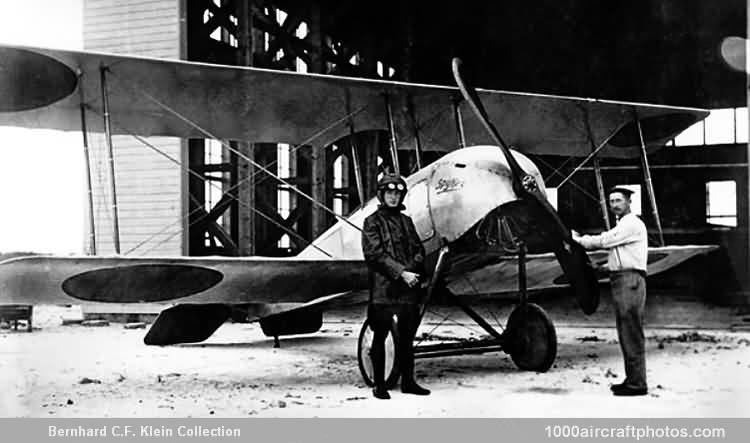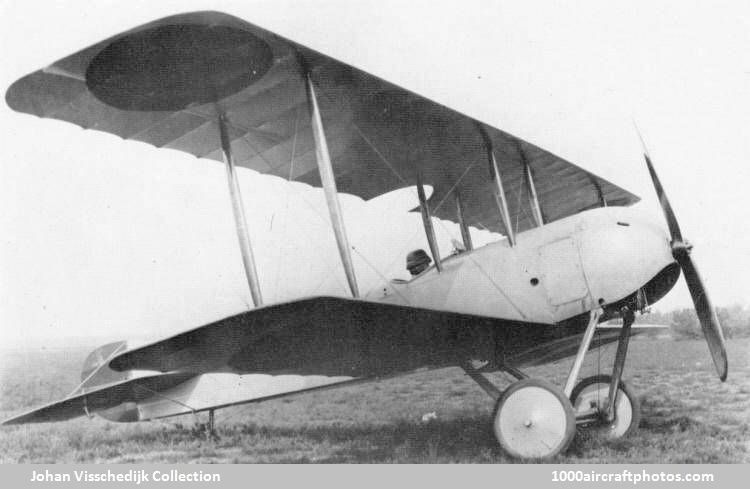10/31/2011. Remarks by Johan Visschedijk: "In March 1914 Henri Wijnmalen founded the N.V. Nederlandsche Vliegtuigenfabriek (Dutch Aircraft Factory) at the military field Soesterberg. After the outbreak of WW I on July 18, 1914, the War Ministry of the neutral Netherlands ordered the company to leave Soesterberg. The following October Wijnmalen rented a part of the large factory complex of the IndustriŽle Maatschappij Trompenburg (Trompenburg Industrial Company) at the Amsteldijk, Amsterdam, where the famous Spyker cars were produced.
In 1915 the two companies merged into the N.V. Nederlandsche Automobiel- en Vliegtuigenfabriek Trompenburg (Dutch Automobile and Airplane Factory Trompenburg), while the trade name Spyker was retained.
(This has led to the use of various names used for the companies designs: Trompenburg, Trompenburg-Spyker and Spyker, the latter was common in the Netherlands, hence it is used here as well. The name Spyker is often incorrectly written as Spijker.)
First products of the new company were license-built Farman HF.22s, however, in 1916 the Munitiebureau (Ammunition Office) ordered the development of a fighter. Designed by the Frenchman Vannehard and the German Von Baumgarter, the Spyker V.1 was ready in late 1916, but failed the load test, while the 80 hp Thulin engine proved troublesome. The aircraft was rigorously rebuilt and on March 31, 1917, Lieutenant van Heyst took it to the air at Soesterberg.

